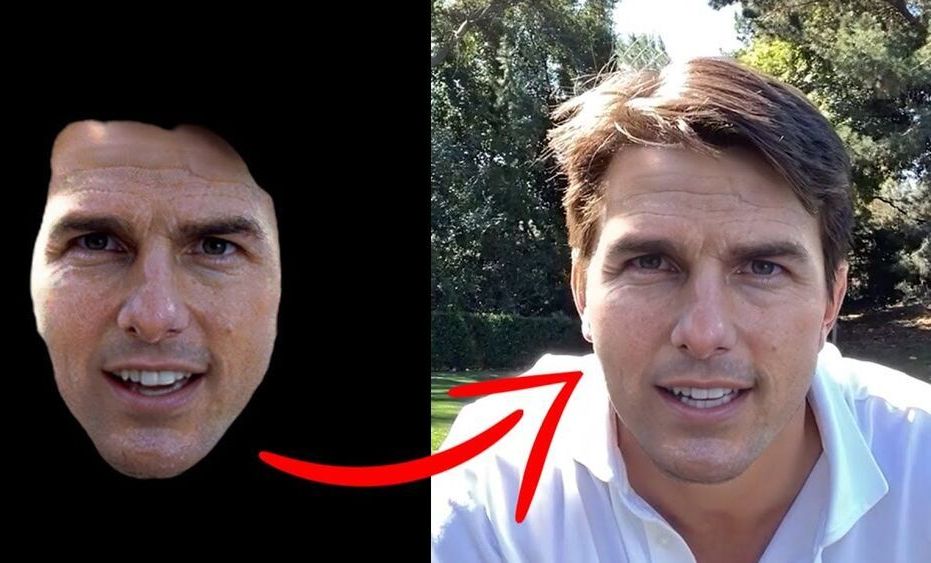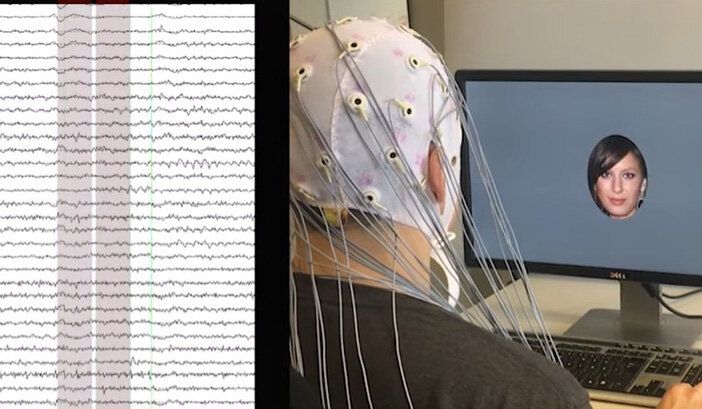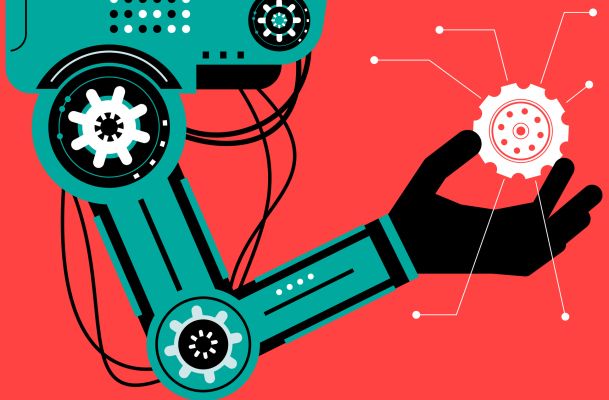Nearly a half-century after the last Apollo astronaut stepped foot on the moon, NASA is working to send its first woman to the lunar surface. Bill Whitaker reports.
Page 6294
Mar 7, 2021
Radiative Cooling and Solar Heating From One System – No Electricity Needed
Posted by Genevieve Klien in categories: materials, nanotechnology
Study describes passive cooling system that aims to help impoverished communities, reduce cooling and heating costs, lower CO2 emissions.
Passive cooling, like the shade a tree provides, has been around forever.
Recently, researchers have been exploring how to turbo charge a passive cooling technique — known as radiative or sky cooling — with sun-blocking, nanomaterials that emit heat away from building rooftops. While progress has been made, this eco-friendly technology isn’t commonplace because researchers have struggled to maximize the materials’ cooling capabilities.
Mar 7, 2021
Starship SN11 prepares for rollout as SpaceX plans for the future
Posted by Genevieve Klien in category: space travel

Just days after SN10 completed the first – albeit hard – Starship prototype landing, SN11 is set to rollout to the launch site for its own attempt. Incremental progress is being made with the test flights, with another tweak to the landing sequence set to be implemented, based on data gained from SN10. Meanwhile, the first Super Heavy prototype continues stacking operations while parts for up to Starship SN20 are being staged at the Production Site.
These future vehicles are set to take up residence at a launch site SpaceX plans to expand, per updated documentation. Starship SN10:
Mar 7, 2021
Scientists read 300-year-old letters without opening them
Posted by Genevieve Klien in category: futurism
Scientists have discovered how to read unopened 300-year-old letters that had been folded using a mysterious technique.
Mar 7, 2021
Creator of Tom Cruise deepfakes shares how he made those viral TikTok videos
Posted by Brent Ellman in category: futurism

https://youtube.com/watch?v=wq-kmFCrF5Q
“In the three videos, which were posted under the TikTok account @deeptomcruise, someone who appears to be Cruise is seen playing golf, doing a magic trick and awkwardly sharing an anecdote. Everything is practically spot on, from the laugh to the gestures to the facial expressions. But in reality, it’s just Fisher behind the camera, whose image has been warped by deepfake technology.”
It took a lot more work than the average person could handle, says visual effects artist Chris Ume.
Continue reading “Creator of Tom Cruise deepfakes shares how he made those viral TikTok videos” »
Mar 7, 2021
Beauty is in the brain: AI reads brain data, generates personally attractive images
Posted by Brent Ellman in categories: biotech/medical, robotics/AI
Researchers at the University of California San Diego School of Medicine have shown that they can block inflammation in mice, thereby protecting them from liver disease and hardening of the arteries while increasing their healthy lifespan.
Researchers have succeeded in making an AI understand our subjective notions of what makes faces attractive. The device demonstrated this knowledge by its ability to create new portraits that were tailored to be found personally attractive to individuals. The results can be used, for example, in modeling preferences and decision-making as well as potentially identifying unconscious attitudes.
Researchers at the University of Helsinki and University of Copenhagen investigated whether a computer would be able to identify the facial features we consider attractive and, based on this, create new images matching our criteria. The researchers used artificial intelligence to interpret brain signals and combined the resulting brain-computer interface with a generative model of artificial faces. This enabled the computer to create facial images that appealed to individual preferences.
Mar 7, 2021
How to Defeat a Boston Dynamics Robot in Mortal Combat
Posted by Brent Ellman in category: robotics/AI
“As several people mention in the replies to LenKusov, shooting or otherwise damaging that hefty lithium battery pack could make it explode—which is either very bad if you’re close-range, or exactly what you want if you’re somehow hitting it from a distance and trying for fireworks.”
It turns out that a flip through Spot’s user manual reveals its weaknesses.
Mar 7, 2021
The owner of this electric vehicle Chevy Bolt did what no electric vehicle manufacturer has done so far
Posted by Brent Ellman in categories: sustainability, transportation
Something completely logical. I’ve always wondered why these vehicles haven’t been designed to use the energy that wheel rotation produces to charge the batteries of the vehicle.
Mar 7, 2021
Physicists Just Found 4 New Subatomic Particles That May Test The Laws of Nature
Posted by Prem Vijaywargi in category: particle physics
This month is a time to celebrate. CERN has just announced the discovery of four brand new particles at the Large Hadron Collider (LHC) in Geneva.
This means that the LHC has now found a total of 59 new particles, in addition to the Nobel prize-winning Higgs boson, since it started colliding protons – particles that make up the atomic nucleus along with neutrons – in 2009.
Excitingly, while some of these new particles were expected based on our established theories, some were altogether more surprising.
Mar 7, 2021
Deep Science: AI adventures in arts and letters
Posted by Jose Ruben Rodriguez Fuentes in categories: robotics/AI, science
There’s more AI news out there than anyone can possibly keep up with. But you can stay tolerably up to date on the most interesting developments with this column, which collects AI and machine learning advancements from around the world and explains why they might be important to tech, startups or civilization.
To begin on a lighthearted note: The ways researchers find to apply machine learning to the arts are always interesting — though not always practical. A team from the University of Washington wanted to see if a computer vision system could learn to tell what is being played on a piano just from an overhead view of the keys and the player’s hands.
Audeo, the system trained by Eli Shlizerman, Kun Su and Xiulong Liu, watches video of piano playing and first extracts a piano-roll-like simple sequence of key presses. Then it adds expression in the form of length and strength of the presses, and lastly polishes it up for input into a MIDI synthesizer for output. The results are a little loose but definitely recognizable.
















